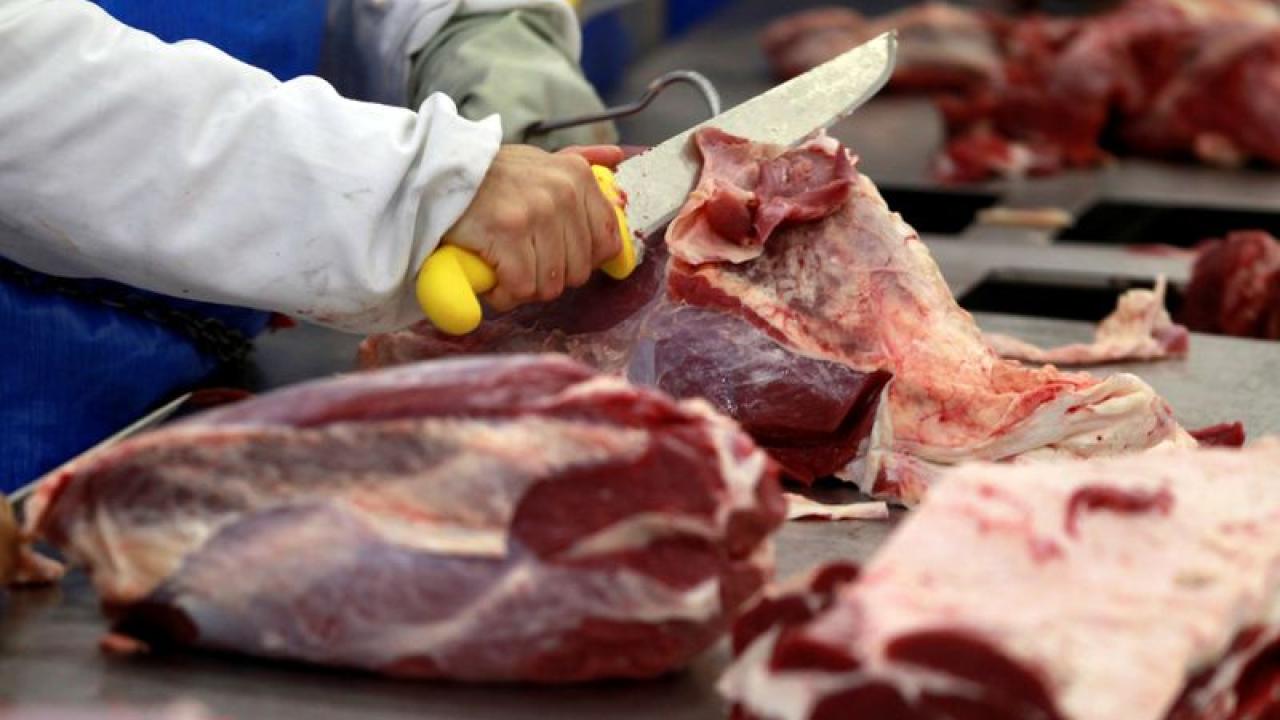
According to the approach, only beef, pork, poultry and other poultry by-products from animals born, raised and slaughtered in the United States may use the “Product of USA” seal.
The new US rule for voluntary labeling of meat and poultry products to refer to the national origin of these products is discriminatory and both Mexico and Canada are able to object under the mechanisms of the United States Mexico Canada Treaty (USMCA) or the World Trade Organization (WTO), says Juan Carlos Anaya, director of the Group of Agricultural Market Consultants (GCMA).
He explained that "the application of the standard is labeling to the final consumer, which will require traceability of breeding, pasture, fattening, packaging, distribution and reaching the consumer, it is not an easy task," he said.
According to the approach, published this week, only beef, pork, poultry and other poultry by-products from animals born, raised and slaughtered in the United States may use the “Product of USA” seal.
However, "for our country the use of this labeling is only a political measure, especially because its application requires a system that in the case of ground beef, who certifies that a distributor, butcher shop, does not use meat in the hamburgers? of different origins?" Anaya questioned.
He added that “we are aware that, although it is not mandatory, both countries —Mexico and Canada— will file a complaint or, if applicable, a lawsuit regarding this measure. It is clear that this measure by the United States government is more political in reaction to the requests of ranchers and the upcoming elections,” he stated.
It should be noted that the United States government reports surveys were carried out to determine the relevance of applying labeling; the people surveyed maintained that they are willing to pay more for products that contain the “Product of USA” label.
In this regard, Juan Carlos Anaya commented that "what producers in the United States want is for the consumer to recognize a better price for the product born, raised and processed in the United States, which would be up to them."
It should be noted that, until week nine of 2024, the United States has imported 280,000 tons of various meat products, where 23% is from Canada, 22% from Australia, 16% from Brazil, 14% from Mexico and the rest from 8 other countries. .
And, although the rule is not mandatory, it is voluntary, “even so, with Mexico and Canada there should not be this treatment for products from the three countries, they can do it with the other countries, but not when we are talking about a North block. America".
The U.S. Department of Agriculture also released an updated labeling guide that includes sample claims and the types of documentation establishments can maintain to support use of the claims.
Previous disputes
It is not the first time that the United States government has sought to establish rules to differentiate meat products that it considers American.
In 2009, it established a seal that required, among other measures, to separate calves born in Mexico and exported to the United States in the different stages they go through in the latter country, from feeding on pastures, fattening and slaughter, to specify to the consumer the origin of the animals.
The Mexican government won an arbitration in 2012 against the measure, after the World Trade Organization (WTO) confirmed that the seal requirements (known as COOL) were protectionist, given that they granted less favorable treatment to Mexican cattle compared to the US.
Last year, Mexico exported live animals to the United States for US$1.13 billion, with a 98% share of cattle. Meanwhile, it sold meat and edible offal to that country for US$1.99 billion, with an 86% share of bovine products.









